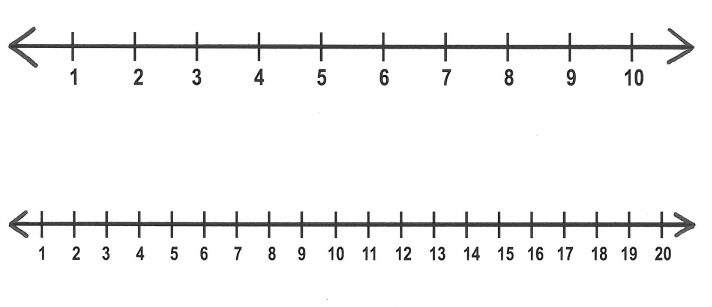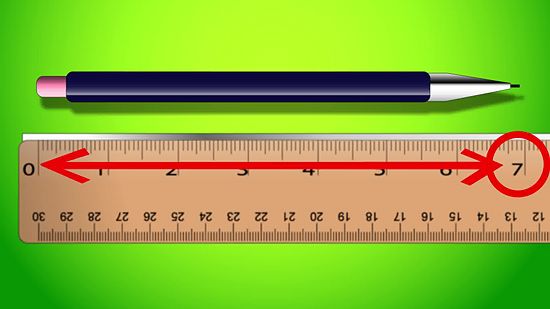Anyone who tells you math is only about numbers is not telling you the whole truth. In the case of number lines, it’s also important to know your left from the right, as this is the whole basis of the concept. You see, a number line helps students decide which number is greater or larger. The further to the right a number falls on a number line, the greater it is. On the other hand, the further to the left a number falls on the line, the smaller it is.

What is a number line?
The bottom line is that number line gives you a visual picture to determine whether two or more numbers are greater or smaller than the others. Think of it as a number map letting you know the value of numbers in comparison to each other. However, beyond the simplistic usage most elementary school children master early on, the number line has more complex usages. In fact, our friend the number line models all real numbers, from -16,000 to 275 trillion and beyond. The number line shouldn’t be confused counters, as counters do just that; they count. But, the number line is also about measurement, making it necessary to start with our hero, zero.
To paint a picture of this, when you’re counting items, you don’t start with 0. No, you start at 1. But when measuring, such as with a ruler, we line up the ruler at one end of the object, marking it Zero.

Now when you see a number line, you may think, hmmm, there are more numbers than that! A number line has the arrow on both sides for a reason. It shows that numbers go on forever. Additionally, just because there are small spaces between the numbers doesn’t mean other “numbers” don’t exist between them. After all, 1/2 or .5 could between the 0 and the 1. All numbers, fractions and decimals can also be placed on a number line.
Speaking of fractions, a common problem a great many students have is when they’re asked to put 1/2 on a number line. Their natural inclination is to put it between the 1 and the 2. However, of course, the right placement would be between the 0 and 1. This could be because 1 and 2 are the two numbers used in the 1/2 phrase or maybe because the common train of thought is that 1/2 means one of two.
It’s important to gain a good grasp of the number line early on in a child’s education, preparing him for use later on in high school Geometry and beyond. For example, math students will often scale numbers on the line with a logarthmic scale and using the scientific notation. They can use this method to show a sequence of events, such as in the history of the world, evolution, or distances to planets or stars.
For teachers or students, there are also opportunities to go online and create more complicated time lines than a person can draw on paper. Try it out sometime, you’ll be surprised at how easy it can be, and impressive to view.